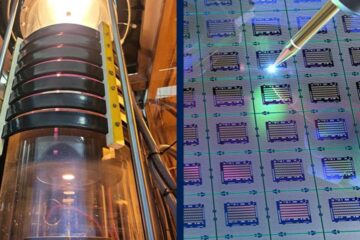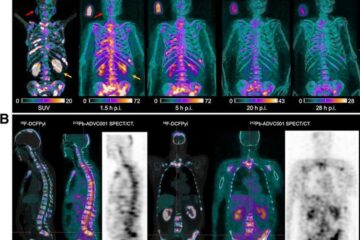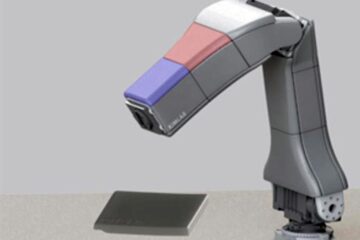The human side of company boards’ work

Company boards in both the private and public sectors are in the firing line as never before. Whenever something goes drastically wrong, it is the board that must take the rap, and talk is soon heard about board responsibility and investigation of everything that occurred.
Therefore, it is not surprising that boards spend much of their time making sure that everything is proceeding correctly by focusing on control.
Simultaneously, the boards of companies listed on the stock exchange are under constant pressure to produce even better quarterly results. Often a company’s key financial figures are used as a compass to show in which direction it is going.
Unused expertise
We expend much time and energy on finding board members who have the right expertise. It is therefore paradoxical that this expertise is little used in practice.
“Insufficient use is made of board members’ expertise. We must put more focus on the human aspects in order to ensure that boards play an active part in creating value,” maintains Professor Morten Huse from BI Norwegian School of Management.
Few people are better acquainted with Norwegian boardrooms than Professor Huse, who headed BI’s research programme The Value Creating Board from 2003 to 2007.
In his research he is concerned to penetrate the mystique that surrounds boards’ activities, and succeeded in gaining access to the inside of the boardroom in order to obtain a better understanding of the processes at work.
Focus on creating value
Board researcher Huse has now published a book entitled “Boards, Governance and Value Creation. The Human Side of Corporate Governance” through the international publishing house Cambridge University Press, in which he focuses on the human aspects of boards’ work.
In this, Huse presents new research-based insight developed out of the research programme The Value Creating Board.
He explains that, “The work of a board can be seen as interplay between different actors wishing to achieve their ends. This means that in the interaction between board members we must take into account human aspects such as confidence, feelings, power and influence”.
The board’s work takes place not only in the boardroom but also in informal arenas and interaction with the outside world.
According to Huse, the human and social factors involved in a board’s work are more important than the structural factors, and in his view the chairman has particular responsibility for the development of a good boardroom work culture.
The best boards are highly effective, well-run working groups which are characterised by openness and generosity, maintains Huse.
Culture to encourage better board work
Morten Huse wants boards to operate as teams to a greater extent and to spend time on using their collective expertise to the benefit of the company.
The board expert has produced a list of seven distinctive features of a board’s culture that contribute towards value creation:
1) Critical, questioning attitude and independence
2) Creativity and curiosity
3) Solidarity and a desire to work together
4) Good atmosphere
5) Openness and generosity (willingness to use knowledge and skills)
6) Well prepared and involved
7) Case-oriented conflicts
Reference:
Huse, Morten (2007): Boards, Governance and Value Creation. The Human Side of Corporate Governance, Cambridge University Press.
Media Contact
More Information:
http://www.bi.noAll latest news from the category: Business and Finance
This area provides up-to-date and interesting developments from the world of business, economics and finance.
A wealth of information is available on topics ranging from stock markets, consumer climate, labor market policies, bond markets, foreign trade and interest rate trends to stock exchange news and economic forecasts.
Newest articles

Silicon Carbide Innovation Alliance to drive industrial-scale semiconductor work
Known for its ability to withstand extreme environments and high voltages, silicon carbide (SiC) is a semiconducting material made up of silicon and carbon atoms arranged into crystals that is…

New SPECT/CT technique shows impressive biomarker identification
…offers increased access for prostate cancer patients. A novel SPECT/CT acquisition method can accurately detect radiopharmaceutical biodistribution in a convenient manner for prostate cancer patients, opening the door for more…

How 3D printers can give robots a soft touch
Soft skin coverings and touch sensors have emerged as a promising feature for robots that are both safer and more intuitive for human interaction, but they are expensive and difficult…





















